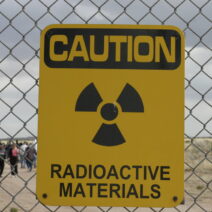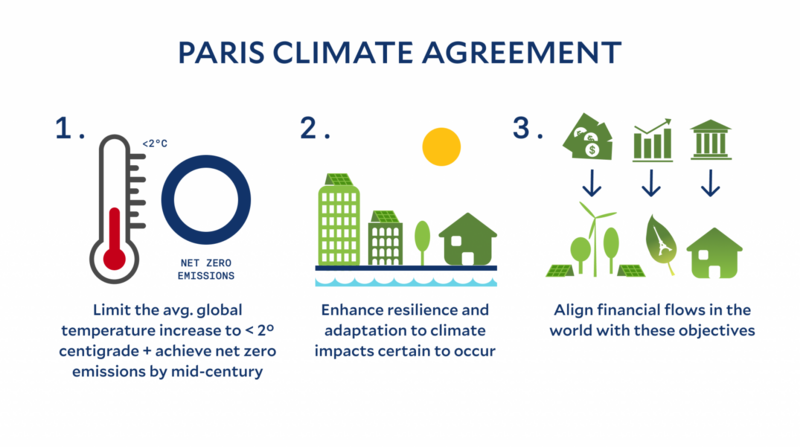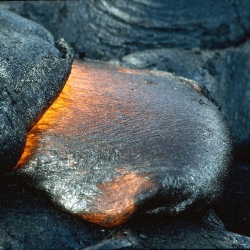The Paris Climate Agreement stands as a landmark accord in the annals of international environmental diplomacy. Adopted in December 2015, this monumental agreement endeavors to forge a collective global response to the existential threat posed by climate change. At its core, the agreement articulates a framework aimed at curtailing greenhouse gas emissions and bolstering resilience against climate shifts. However, the intricacies of its goals, rules, and the underlying realities weave a complex tapestry that invites scrutiny and debate.
To fully grasp the essence of the Paris Climate Agreement, one must first delineate its principal objectives. One of the most salient goals is to limit global warming to well below 2 degrees Celsius above pre-industrial levels, with an ambitious target of restraining temperature rise to 1.5 degrees Celsius. This dual objective stems from the mounting scientific consensus underscoring the catastrophic ramifications of unchecked climate escalation. By striving for these temperature thresholds, the agreement seeks to mitigate the deleterious impacts of climate change—ranging from extreme weather events and rising sea levels to biodiversity loss and food insecurity.
Moreover, the Paris Agreement introduces the concept of nationally determined contributions (NDCs). Each signatory nation is mandated to formulate and communicate its NDC, which encapsulates their pledged efforts to reduce emissions. This decentralized approach arguably empowers nations to customize their commitments based on domestic circumstances. However, it simultaneously raises critical questions about the effectiveness of self-regulation in a context where adherence to stringent targets can be politically contentious and economically burdensome.
In conjunction with NDCs, the agreement lays out a framework for periodic evaluation, compelling countries to revisit and enhance their commitments every five years. This mechanism of ‘ratcheting up’ progressively aims to reflect the evolving understanding of climate science and the imperative for accelerated action. Yet, the voluntary nature of the NDCs also engenders skepticism regarding the likelihood of substantial commitments. The disparity in capabilities and resources among nations creates a landscape ripe for inconsistency in ambition and implementation.
Transitioning from goals to rules, the Paris Agreement establishes a set of foundational principles designed to guide collective actions. A notable tenet is transparency, which mandates that nations report on their emissions and progress towards their NDCs with regularity. While transparency is laudable in principle, the challenge lies in ensuring that these reports are not only comprehensive but also verifiable. The potential for discrepancies in reporting standards may obfuscate the true state of global emissions and compliance.
Complementing transparency is the principle of equity. Recognizing the differentiated responsibilities of countries—spurred by historical emissions and contemporary capabilities—the agreement implicitly acknowledges that wealthier nations should lead the charge in reducing emissions and should facilitate support for developing nations. This aspect underscores the ethical dimension of climate action, yet it also engenders contention. The question of financing, technology transfer, and capacity building remains a significant sticking point. Many developing nations argue that without adequate support, their aspirations for climate action remain largely aspirational.
The intricacies of goals and rules inevitably intertwine with the stark realities of implementation. Despite the robust framework posited by the Paris Agreement, the on-the-ground progress remains glacial at best. Emissions have continued to rise in many parts of the world, exacerbated by a reliance on fossil fuels and insufficient political will to enact transformative change. This contradiction between political rhetoric and actual progress presents a profound challenge to the credibility of the entire accord.
Furthermore, the rise of populism and nationalistic sentiments in certain countries has fostered an environment antithetical to global cooperation. The withdrawal of major emitters from the agreement—or their reluctance to comply with NDCs—poses an existential threat to the collective efficacy of the Paris framework. The phenomenon illustrates a broader truth: climate action cannot be resolved through isolated efforts; it necessitates a concerted global approach.
Additionally, the discourse surrounding climate change adaptation and resilience finds its due place within the agreement. Recognizing that some climate impacts are already unavoidable, the Paris Agreement highlights the necessity for nations to bolster adaptive capacities. This multifaceted approach—combining mitigation with adaptation—further complicates the execution of a coherent climate strategy. Resources dedicated to combating climate impacts inevitably draw funding from mitigation efforts, prompting difficult choices for policymakers.
In summation, the Paris Climate Agreement is both a beacon of hope and a mirror reflecting realpolitik in climate governance. Its ambitious goals and structured rules signify a willingness to confront climate challenges collectively. However, the dichotomy between aspiration and reality casts a long shadow. The ultimate success of the agreement hinges not only on the commitment of individual nations but also on the realization of a truly equitable and cooperative international framework. As the world grapples with the urgency of climate action, it becomes increasingly clear that the path forward will require not just formal agreements, but a seismic shift in global priorities and practices.
The stakes could not be higher; the precarious balance of our climate system demands nothing less than unwavering commitment and decisive action from all corners of the globe. Will nations rise to the occasion, or will the Paris Agreement remain a testament to potential unrealized? The time for action is now.








